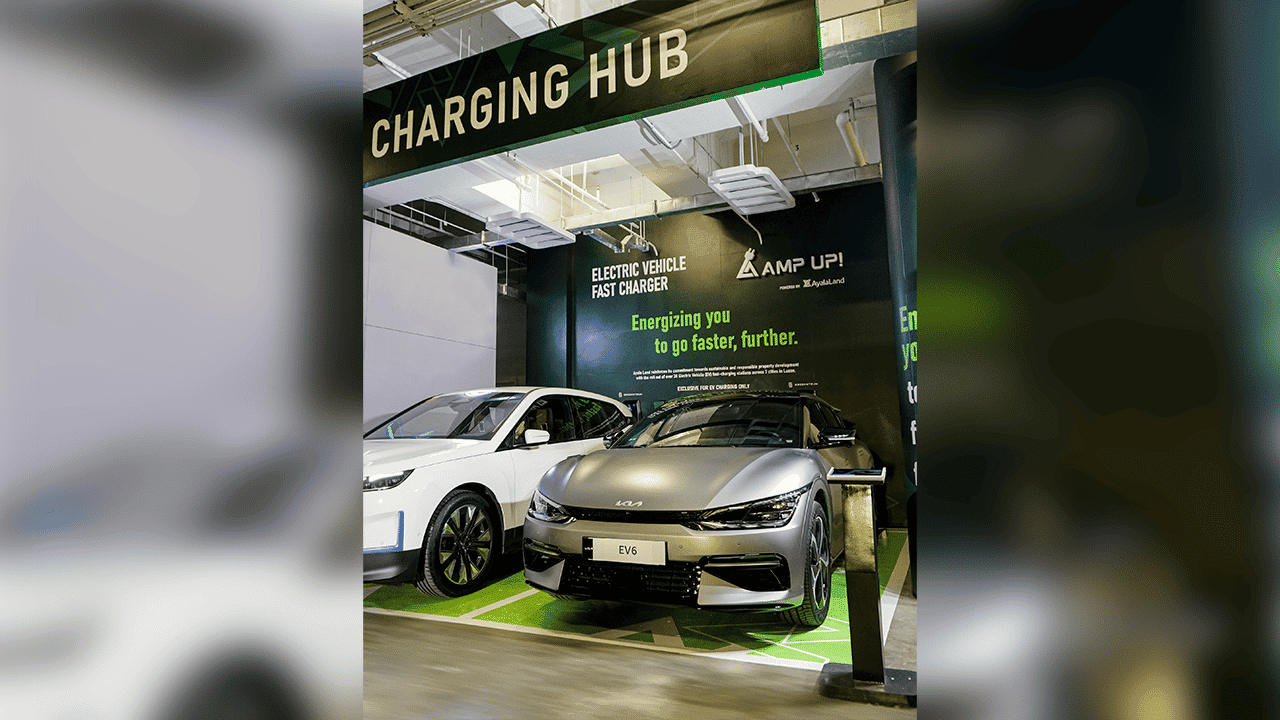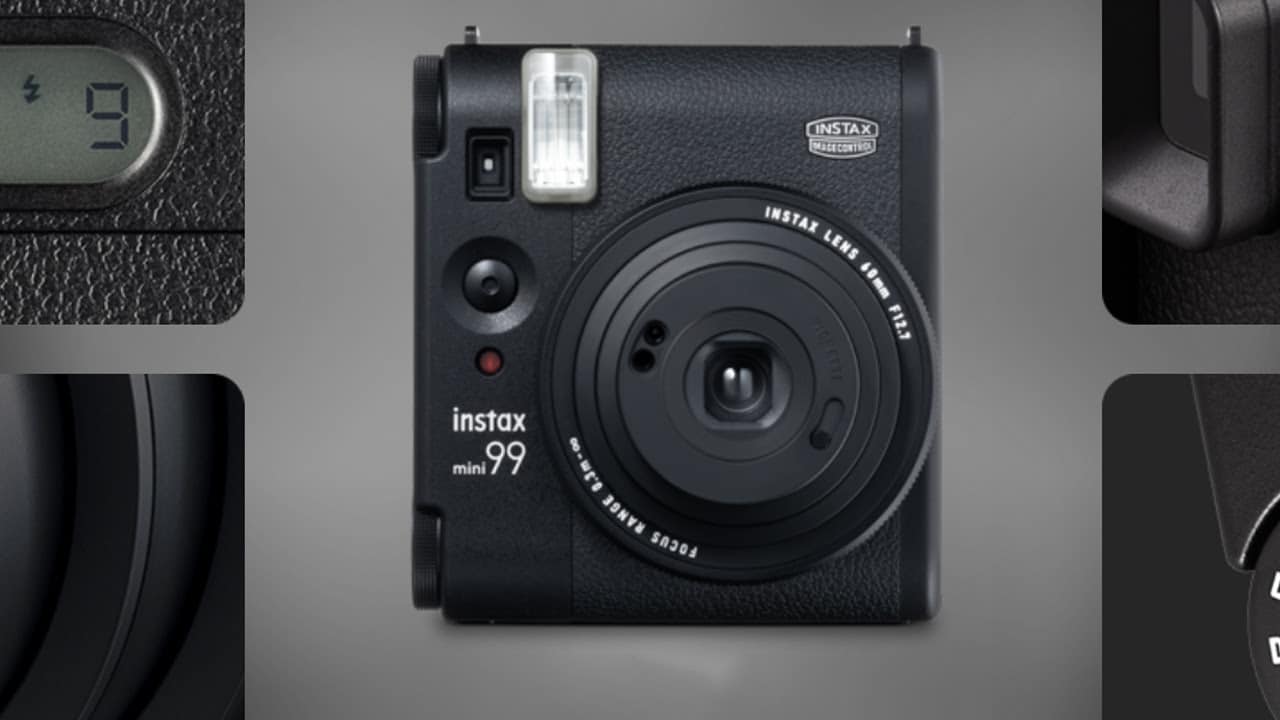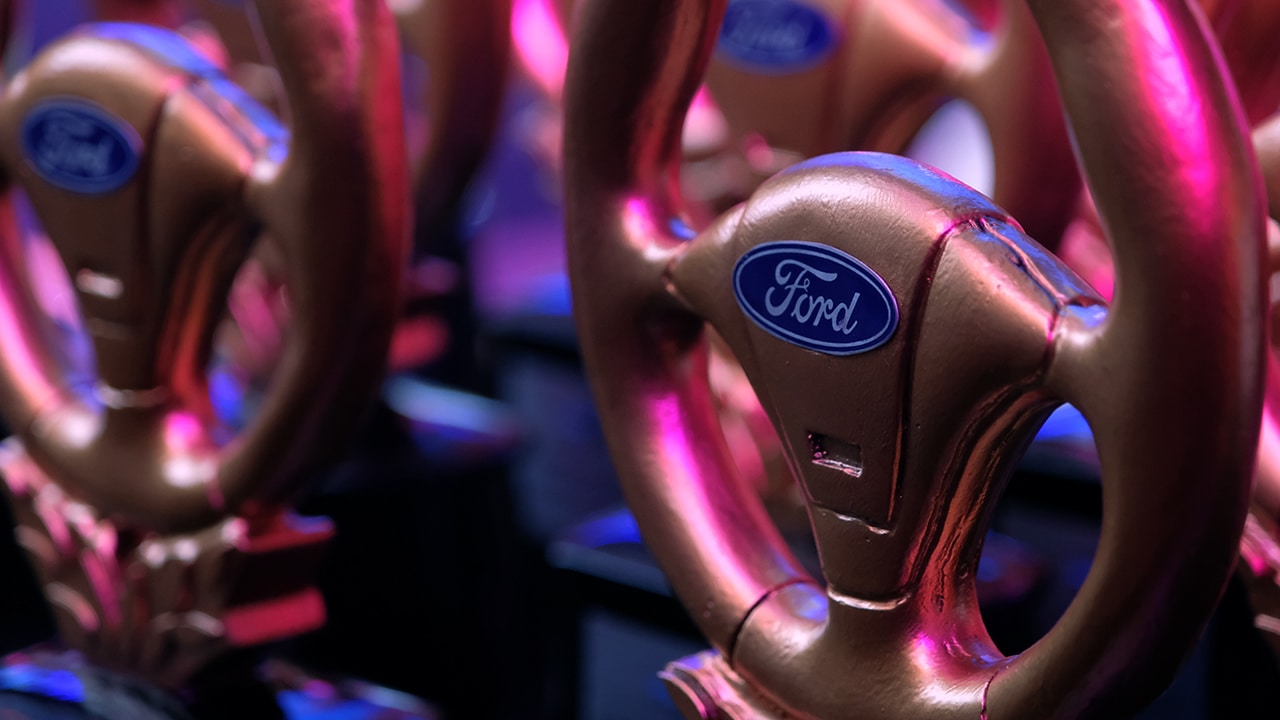With over 20 charging stations to be activated throughout Luzon, Ayala Land’s comprehensive charging architecture will support the charging needs of locally available electric vehicles, marking the beginning of the Philippine EV revolution.
From installing one of the first integrated EV charging systems in Ayala Malls, Ayala Land takes the next step by bringing chargers to its offices, estates, hotels, and industrial centers.
The multi-awarded Kia EV6 — with its long-range, zero-emissions power, 800V ultra-fast charging, and distinctive crossover styling — is not only on display at the program launch and roll-out of the Luzon-wide Ayala Land Vehicle Charging Hub. It is also being used as a real-world demonstration of how a charging ecosystem is already in place for all-electric vehicles sold in the Philippines.

With this program, Ayala Land reinforces its commitment to sustainable and responsible property development with the activation of 20 Electric Vehicle (EV) fast-charging stations across seven cities in Luzon. These 22-KW AC and 60-KW DC fast chargers will soon allow EV users to fully charge their vehicles as fast as one to two hours (depending on vehicle used). This is in keeping with the company’s thrust and long-term commitment toward carbon neutrality and alignment with the global and local directive to shift to electric vehicles.
“Today marks a special milestone for us at Ayala Land. We are launching over 20 electric vehicle fast-charging stations across 7 cities in Luzon – this is the largest roll-out yet of EV charging stations in the country,” said Bobby Dy, Ayala Land President & CEO.
“We are expanding this program to more key locations, energizing sustainable transport faster and further in the years to come,” he added.
The EV6 is Kia’s first car to be based on the company’s dedicated new platform for battery electric vehicles (BEVs). It is also the recipient of the European Car of the Year 2022 Award and a 5-Star Euro NCAP rating. “Seeing the EV6 in an actual charging hub, and being shown how it will be fully supported by a charging architecture, will further cement trust in electric vehicles,” says Kia Philippines President Manny Aligada. “Through this, we want to further inspire the car-buying public to explore a cleaner and more sustainable form of transport. The arrival of the EV6, and the Ayala Land Electric Vehicle Charging Hub, are proof of our commitment to an electric future.”
The EV6 GT-Line offers a fully-electric, zero-emission powertrain configuration with a long-range (77.4 kWh) high-voltage battery pack. The EV6 can travel over 500km on a single charge (based on EPA rating). This range is worth highlighting, as the Ayala Land Charging Hubs that will be rolled out throughout Luzon will be strategically located so as to ensure that EV users will have a charging station nearby.
The Ayala Land Vehicle Charging Hubs will be located in Ayala Land Estates (One Ayala, Circuit Makati, Nuvali Laguna, Vermosa Cavite, and Vertis North); Ayala Land Offices (Tower 2 Ayala Triangle, Solaris One, and Baguio Technohub); Ayala Malls (Greenbelt Makati, Glorietta Makati, Alabang Town Center, and Trinoma); Ayala Hotels (Seda, BGC); and at the Laguna Technohub.
Currently, the charging hubs use 22 KW AC and 60 KW DC fast chargers (for One Ayala) with Type 2 and GB/T connectors. For vehicles that do not have Type 2 and GB/T connectors, the chargers can still be used with a proper adapter. Currently, these charging hubs are a free service to EV owners.
The Kia EV6 and its supporting charging ecosystem provided by Ayala Land represent a pivotal shift into the electric vehicle market. What was once a vision of the future is now cemented in reality. This ‘Movement That Inspires’ is a solid commitment to sustainable mobility, sustainable energy, and sustainable planet.












